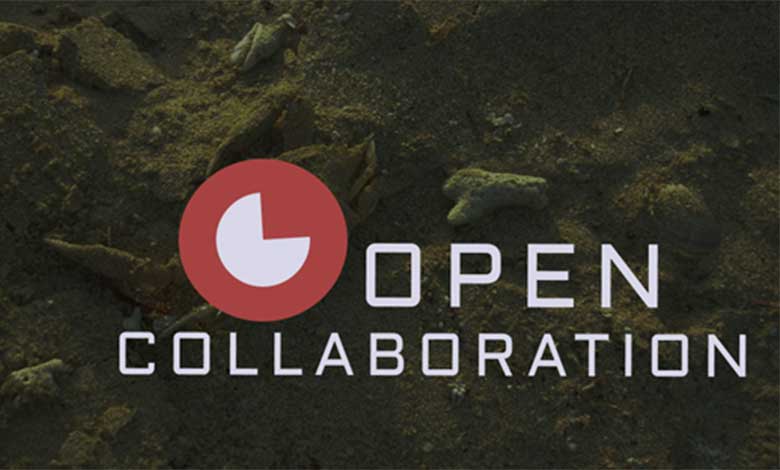
Open source is not just a software product but it is a culture of sharing and open- collaboration. Enterprises are increasingly making open source products an integral part of their enterprise IT infrastructure strategy. Some of the drivers of open source adoption are cost-benefits, maturity, stability, community, and skill resource pool but the most important is the culture of open collaboration that it brings to an organization.
A few years ago, it was almost unthinkable to set up an information technology infrastructure without spending thousands of dollars on buying licenses. Operating systems, office productivity software, databases, and analytics solutions are some of the basic needs of an enterprise and they are available as community editions that anyone can use without paying a single penny.
These products are already running in live production environments today by hundreds of companies. The open-source products are no more just used for experimentation and have moved beyond the proof of concept stage. Open-source has found its place in mainstream enterprise-wide IT transforming the way modern data and analytics architecture is designed. Interestingly, the small and medium business (SMB) enterprises have benefitted the most from this revolution. This adoration by SMB and startup organizations is not without a reason. The whole purpose of open source is to give back to the community without anticipating anything in return.
Are you a startup or a small organization and curious to know how you can maximize your benefits from open source? Do you want to know a few but most important things to keep in mind before you start? If your answer is yes then this article is for you. Below are the 5 reasons why you should embrace open source.
- Cost benefits: Open source can help you make substantial savings on server and end-user license costs. Most often the proprietary software has a one-time as well as recurring costs associated based on the number of user licenses. This is simply the cost of owning/renting and using the product.
The open-source products have community server licenses that allow anyone to own the software for free. The net savings means a lot for small enterprises that have limited capital and a tight budget. Now you own the product and so the responsibility of deploying and maintaining the product lies with you as with any other software product.
However, with an increased number of companies offering consulting services, you have much better chances of finding a reliable cost-effective partner in your journey. However, finding a genuine and reliable partner may be a little difficult. The commercial product vendors charge a high fee for providing deployment, maintenance, and support services. There are very good chances that enterprises will make significant operational cost savings from open source products. There are numerous examples in the industry where the companies have made significant savings in operational costs from open-source.
- Stability and Maturity: The general perception about open-source products was that they are used by enterprises for experimental projects or to demonstrate the proof of concept. They lacked features that made them unsuitable for production use cases. With many open source projects in the evolution stage, the source code was changing frequently with product updates and patches coming out after short gaps.
The situation has changed drastically now and open-source products are giving a head to head competition to well established commercial products. Many open-source products are outpacing commercial products in capabilities and features. Linux, MongoDB, Hadoop, Spark, Drupal, Ruby are some of the popular names and the list is endless. These products are being used successfully in production as mainstream IT applications by some of the large corporations in the world. This suggests that the products are stable, reliable, and mature enough that they can be used in large scale deployments requiring high performance and reliability.
- Open-source community: The open source community is made of selfless dynamic people who only care about giving back to the community. The community understands the pain of each other and provides their help without any self-interest. Small enterprises that do not have funds to afford support services, seek help from this community to find solutions to their problems. It may not be comparable to tier 1 support offered by established commercial product vendors but you will definitely find answers and suggestions to your questions pretty fast.
Unless you have mission-critical applications, it can work fairly well for you. The community forums have a wealth of knowledge posted by the people in the form of videos, posts, samples, examples, code, and answers to problems.
- Skilled resources availability: Unlike commercial products that offer free usage for a limited period or with limited features, open-source products give that freedom and peace of mind to the people who want to learn the software. With support from the community, people can get up and running in no time and gain a deeper knowledge in a short span of time. This makes more and more skilled resources available in the job market.
SMBs can utilize this vast resource pool to hire knowledgeable and experienced professionals at a reasonable rate. From a strategic point of view, it makes more sense to invest in setting up an in-house IT team. Investing in the in-house team may not look worth initially but it will always pay off in the longer term.
Tactically, SMBs can leverage college students and interns to help them research, evaluate, and experiment software products to understand the fit in their long term IT strategy. Inviting students to kickstart a small project can help SMBs set up a good foundation. Based on their experience, they can scale up and choose to hire a few of those students as interns.
- Culture of open collaboration: Have you ever wondered what makes so many people contribute selflessly to open source projects? It’s the joy of giving back to the community. Some may argue that recognition is the driving factor but people don’t contribute just because they want recognition. It is just an outcome and comes along with it. Only a few open-source contributors actually receive recognition. If motivation had been the factor, the open-source would have died long back.
Human Resources (HR) executives struggle to find ways to motivate and retain their employees. All large and small businesses can learn and benefit from it. Try to mimic and promote open-source culture. Create a platform that allows employees to create things.
Let people from within and outside the company collaborate and contribute based on their interests. The organization should have no role except providing and moderating the platform to protect the company information. The projects can be classified as internal and external based on what data or information is used. The organizations must ensure that the external projects are not at all influenced by the leadership and management.
Encourage, recognize, and adopt the fast-growing open-source projects. The projects with internal information can be promoted within the organization. It’s critical to shield the contributors from internal politics and bureaucracy. Let employees collaborate in an open environment.
The open innovation and collaboration culture will make employees feel motivated and productive at their workplaces. Recognition for an organization as an open-source contributor would benefit from an improved brand image.
Open source is a movement and it is up to the organizations to decide how they want to react. Companies adopting a wait and watch or play safe tactics are going to miss the bus. Pretending to use open-source in an increment fashion or simply downplaying it can put businesses on an unsustainable path. Embracing open-source technology will help organizations be more efficient and innovative in true sense. The community must keep collaborating. The code must go on!
———————————————————————————————————————————————
Disclaimer: The author has no affiliation with any government, political, or private organization, and the views expressed are the author’s personal views and do not represent the opinion or endorsement of any entity whatsoever with which the author has been, is now or will be affiliated. The author does not accept any responsibility or liability for any direct, indirect, or consequential loss or damage resulting from any such irregularity, inaccuracy, or use of the information.











